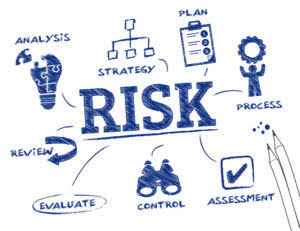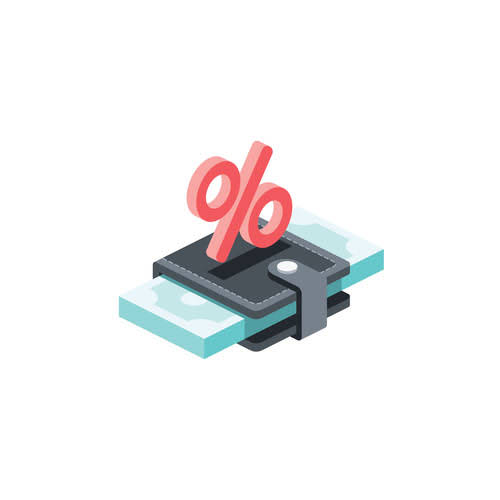
By understanding these components, you can gain insights into how efficiently your business is managing inventory, collecting payments, and paying suppliers. In the realm of business finance, understanding the concept of the operating cycle is not just about processing a formula; it’s about comprehending a company’s efficiency, liquidity, and overall financial health. On the other hand, a longer operating cycle might hint at potential issues that require attention.
Example 1: Retail Industry

To describe the discount terms, the manufacturer can write descriptions such as 2/10, n/30 on the invoice. The “2” represents a discount rate of 2%, the “10” represents the discount period in days, and the “n/30” means “net of 30” days, representing the entire payment period without a discount application. So, “2/10, n/30” reads as, “The company will receive a 2% discount on their purchase if they pay in 10 days. The number of days allowed for both the discount period and the full payment period begins counting from the invoice date. Purchase discounts provide an incentive for the retailer to pay early on their accounts by offering a reduced rate on the final purchase cost.
AccountingTools

Let’s consider the same situation except the retailer did not make the discount window and paid in full on September 30. If this same company decides to purchase merchandise on credit, Accounts Payable is credited instead of Cash. These measures, if adhered properly, would go a long way in minimizing not only the length of operating cycle period but also the firm’s working capital requirements. The Production manager affects the length of operating cycle by managing and controlling manufacturing cycle, which is a part of operating cycle and influences directly. Longer the manufacturing cycle, longer will be the operating cycle and higher will be the firm’s working capital requirements. So, from the above-given data, we will calculate company XYZ’s Inventory Period (days).
Comparison of Merchandising Transactions versus Service Transactions
All transactions require both operational and accounting actions to ensure that the amounts have been recorded in the accounting records and that operational requirements have been met. It is possible to show these entries as one, since they affect the same accounts and were requested at the same time. From a manager’s standpoint, though, it may be better to record these as separate transactions to better understand the specific reasons for the reduction to inventory (either return or allowance) and restocking needs.

HighRadius Named as a Leader in the 2024 Gartner® Magic Quadrant™ for Invoice-to-Cash
Separating the accounts would help a retailer distinguish between items that are returned and those that the customer kept. This can better identify quality control issues, track whether a customer was satisfied with their purchase, and report how many resources are spent on processing returns. Most companies choose to combine returns and allowances into one account, but from a manager’s perspective, it may be easier to have the operating cycle accounts separated to make current determinations about inventory. Similar to credit terms between a retailer and a manufacturer, a customer could see credit terms offered by the retailer in the form of 2/10, n/30.
Inventory Optimization Techniques
- The operating cycle is also known as the cash-to-cash cycle, the net operating cycle, and the cash conversion cycle.
- The operating cycle calls for proper monitoring of external environment of the business.
- The ‘inventory period’ measures how many days on average the inventory remains in the system before it’s sold.
- For the past 52 years, Harold Averkamp (CPA, MBA) has worked as an accounting supervisor, manager, consultant, university instructor, and innovator in teaching accounting online.
- Sales Discounts has a normal debit balance, which offsets Sales that has a normal credit balance.
- One of those key terms is the ‘Operating Cycle.’ By the end of this article, you’ll not only understand what is the operating cycle is but also how to calculate it.
In retail, it may be days because of quick inventory turnover, whereas in manufacturing, it can extend to 90 days or more due to production time. The cycle includes the time to purchase or produce inventory, sell it, and collect payment. There are differing opinions as to whether sales returns and allowances should be in separate accounts.
- This can lead to cash shortages, making it challenging to pay bills, cover operating expenses, or seize new opportunities.
- Understanding how to calculate your operating cycle is essential for monitoring and improving your financial performance.
- To illustrate, assume that Carter Candle Company received a shipment from a manufacturer that had 150 candles that cost $150.
- Merchandise return controls require that there be a separation of duties between the employee approving the return and the person recording the return of merchandise in the accounting records.

Sales discounts are incentives given to customers to entice them to pay off their accounts early. The discount serves several purposes that are similar to the rationale manufacturers consider when offering discounts to retailers. It can help solidify a long-term relationship with the customer, encourage the customer to purchase more, and decreases the time it takes for the company to see a liquid asset (cash). Cash can be used for other purposes immediately such as reinvesting in the business, paying down loans quicker, and distributing dividends to shareholders. Speaking of a long operating cycle, it suggests that the company is taking too long to sell its inventory and collect cash from customers. This could indicate problems in inventory management or inefficiency in collecting receivables.
The Financial Modeling Certification
- An operating cycle is the average time it takes for a business to make a sale, collect the payment from the customer, and convert the resources used into cash.
- Every company faces different challenges with returns, but one of the most common challenges includes fake or fictitious returns.
- These case studies underscore the importance of effectively managing the operating cycle in different industries.
- Upgrade to one of our premium templates when needed and take your work to the next level.
- Let’s say a customer purchases 300 plants on credit from a nursery for $3,000 (with a cost of $1,200).
Sound credit and collection policies enable the Finance manager in minimizing investment in working capital in the form of book debts. Working capital is the life blood of any business, without which the Online Accounting fixed assets are inoperative. Working capital circulates in the business, and the current assets change from one form to the other.
Formula

If a firm’s operating cycle HVAC Bookkeeping is short, then it indicates efficient management of working capital, suggesting that the company is not tying up its cash in inventory or waiting too long to collect receivables. Before we dive into the mechanics of calculation, we need to know what we’re dealing with. An operating cycle can be understood as the average time a business takes to make a sale, collect the payment from the customer, and convert the resources used into cash. The operating cycle formula can compare companies in the same industry or conduct trend analysis to assess their performance across the years. A comparison of a company’s cash cycle to its competitors can be helpful to determine if the company is operating normally vis-à-vis other players in the industry.

